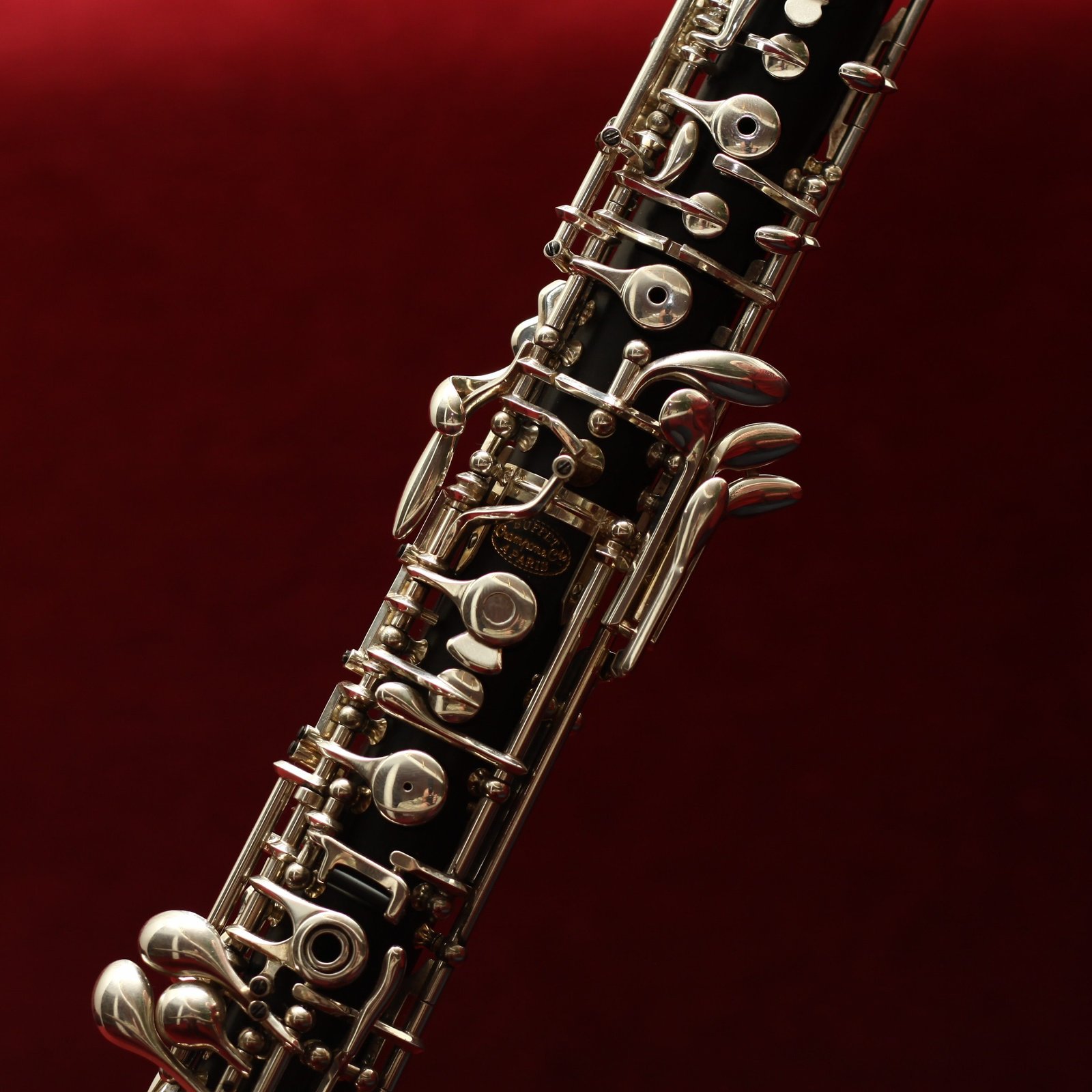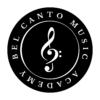Oboe Lessons IN BURR RIDGE

OBOE
woodwind instrument
The oboe is a double reed instrument in the woodwind family. A double reed instrument uses a type of reed consisting of two pieces of cane that vibrate against each other. The oboe is a unique and beautiful instrument with a history that goes all the way back to ancient Greece. Although the oboe made its orchestral debut in France in 1657, historians believe that the earliest rudimentary oboe-like instruments were first used around 2800 B.C., performing in royal funerals depicted in ancient drawings. More sophisticated forms of early oboes can be traced to India during the twelfth to the seventh centuries B.C. Although these oboes can be traced back the farthest, the instrument that is believed to be the closest predecessor of the oboe is the medieval shawm. The shawm (developed from the Asian zurna) was made of wood and had a conical shape with a flared bell. It came in several lengths in order to have different pitches and had either a hole to put the double reed in or a bocal (a slightly angled piece of metal covered by cork at the end inserted into the instrument) for the reed to sit on.
As time passed, musicians desired an instrument with a wider range and more control over pitches. During the middle of the 17th century, the first baroque oboe (called hautbois, meaning high-wood) was created in France, where it was used to entertain the French court. Made of boxwood with several holes but only two or three keys, it gained immediate popularity in many countries. During this time, the oboe da caccia (hunting oboe) was also created. This instrument had a curved body and was used in many of Bach's cantatas and masses. The classical period brought on several more changes to the oboe—a narrower body (called the bore) and more keys, giving the instrument a much wider range. From these earlier forms came the modern oboe, which has a range of more than two and a half octaves in the treble range. The oboe is slightly lower in pitch than the flute and can be thought to occupy the alto register in the woodwind section of the orchestra.
Some well-known oboe players in the 19th and 20th centuries include Felix-Charles Berthelemy, Ralph Gomberg, Leon Goosens, Haakon Stotjin, Eugene Izotov, John Mack, and Alex Klein.
Oboe Faculty

Heather Winters
Take the next step...
Call us at 312-838-7087
Write us at info@belcantomusicacademy.com
